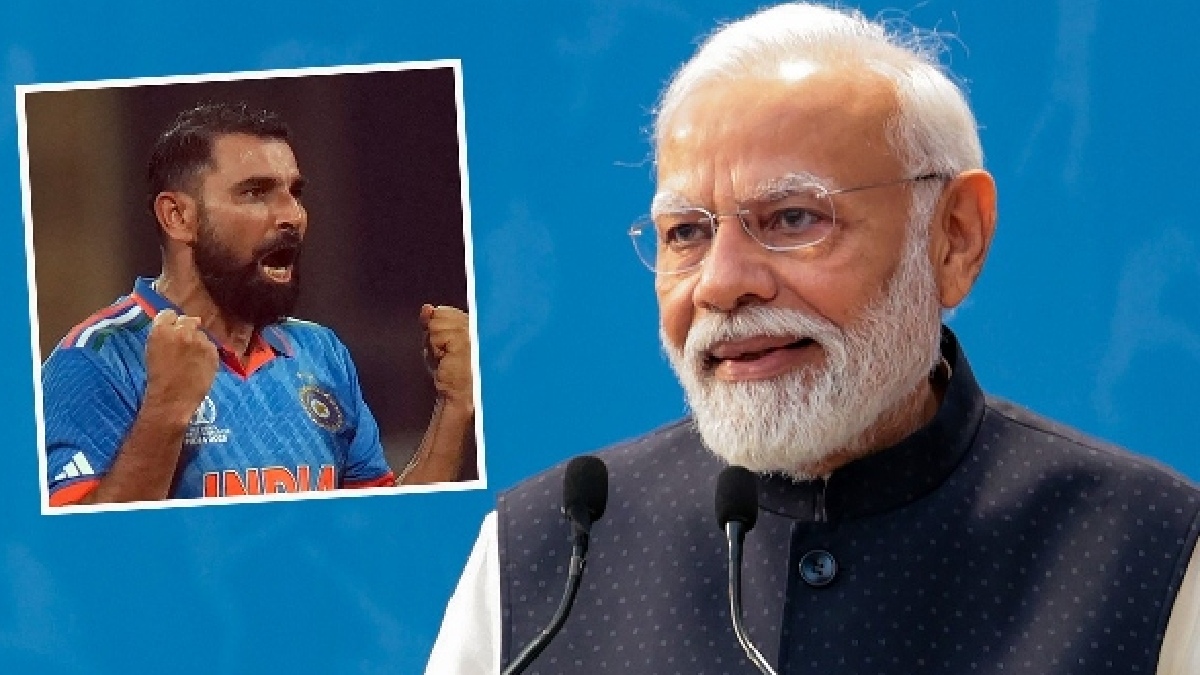
Frequent price cuts affects brands!
Washington, Dec 9: Promotional strategy, which involves frequent price cuts, can actually work against even for the most popular and well-respected brands, according to a study.
Titled "A Dynamic Model of Brand Choice When Price and Advertising Signal Product Quality," the study was conducted by Tulin Erdem of NYU; Michael P. Keane of the University of Technology Sidney, Australia and Arizona State University; and Baohong Sun of Carnegie Mellon University.
According to the study, recurring price promotions that reduce the perceived average price of a brand can feed back and adversely impact perceived quality.
Simulations of the authors' model imply that approximately one quarter of the increase in sales generated by a temporary price cut represents cannibalisation of future sales due to the brand-equity-diluting effect of the promotion.
For the study, the authors tested quality with Nielsen scanner data for ketchup brands.
"It may seem unglamorous, but this category is well suited to the analysis. One dominant brand (Heinz) is generally perceived as being high quality. It is also higher priced and has substantially higher advertising expenditure than its name-brand competitors, Hunt's and Del Monte. In fact, the lowest-priced name brand (Del Monte) does not engage in any TV advertising. Thus, there is scope for consumers to use price and ad expenditures as signals of quality in this market," wrote the authors.
With the model, the researchers could know the importance of different information sources in influencing perceived quality. For example, the authors predict that a 10 percent permanent price cut for Heinz would increase sales by 26 percent. But if the price cut could be implemented without reducing perceived quality (and, hence, brand equity), the increase in sales would be considerably greater - 32 percent.
The implications of the results would be much more pronounced in high-end product categories. For instance, a Cunard Line promotion that employed aggressive push strategies reducing fare prices by half before Queen Elizabeth 2 left port could severely damage Cunard brand equity.
Whether the brand is Cunard, BMW, or a similar company, high-end brands will be better off if they target price promotions at micro-levels rather than through generic price reductions; integrate sales promotions in a consistent manner with the rest of their communications; and refrain from using price promotions frequently.
In the study, the authors developed a structural model of household behaviour, in which there is uncertainty about brand attributes, and both price and advertising signal brand quality.
And the authors claimed that four quality signalling mechanisms are at work: (1) price signals quality, (2) advertising frequency signals quality, (3) advertising content provides direct but imperfect information about quality, and (4) consumer experience using a product provides information about quality.
They show that price is the most important signal of brand quality. The role of advertising frequency in signalling quality is also significant, but less important quantitatively.
The study has been published in Marketing Science, a journal of the Institute for Operations Research and the Management Sciences (INFORMS).
ANI


 Click it and Unblock the Notifications
Click it and Unblock the Notifications


































